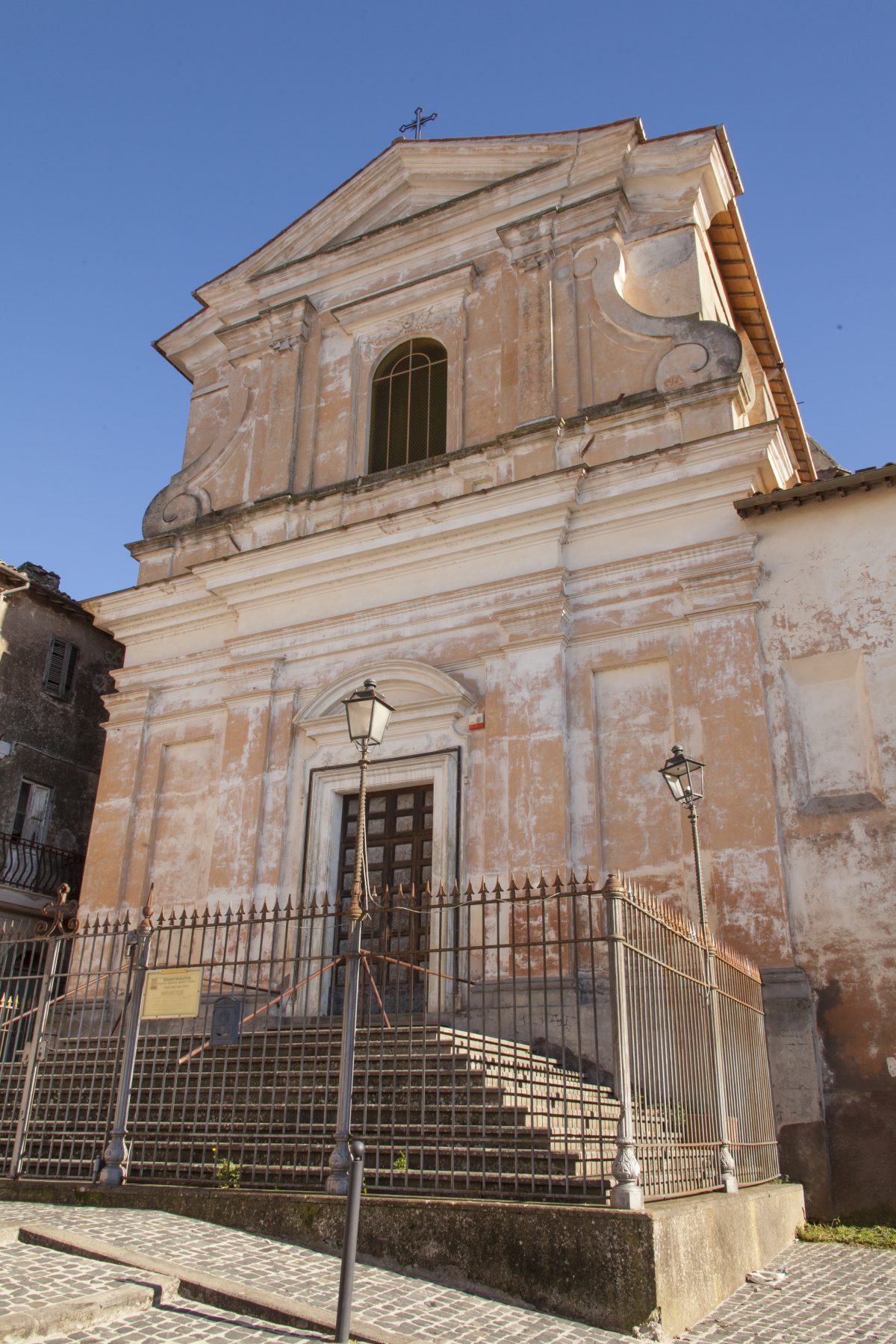According to tradition, the name of the church derives from an image of the Madonna placed on top of a tree, yet some believe it comes from the position of the church on the summit of the hill.
It is more than likely that the Benedictine monks of San Paolo built it over an old pagan temple as shown by remains discovered during the renovation work in 1981. In 1145 the church, which was rather small and had its façade facing the town, became property of the Cistercian Monks of the Tre Fontane.
In 1635, the church was extended by the work of Giovanni Antonio De Rossi to accommodate the ever-increasing population. Part of the walls was destroyed in order to change the orientation of the church. The façade has one central body with two overlapping orders, a high entablature and a portal with an arched tympanum. A rectangular window framed with decorations in stucco ornaments the upper part. The interior has a single nave with three altars and two chapels on each side. Over the high altar dominates the altarpiece by Francesco Cozza, which represents the Madonna in Gloria tra i Santi Pietro e Paolo (Glory of the Madonna between St. Peter and St. Paul); we can see a curved tympanum with an aedicule in stucco illustrating the Holy Spirit by a dove in a ray of light. The first chapel on the right is dedicated to Santo Rosario and contains a picture of the 18th century representing the Madonna con Bambino e San Filippo Neri (Madonna with Child and St. Filippo Neri). In the first chapel on the left is the Crocifissione tra i Santi Antonio Abate e Antonio da Padova (Crucifixion between St. Antonio Abate and St. Anthony of Padua) accredited to Giovanni Battista Gaulli, so-called Baciccio. In the second chapel on the left, decorated by a painter from Genzano Eugenio Cisterna in 1886, is the Madonna painted on an oval shaped canvas of the late 18th century. The church conserves the remains of le Sante Tigri e Vincenza, Patron Saints of Genzano, which were transferred from the Catacombe dei Santi Marcellino e Pietro upon the will of Duchess Livia Cesarini in 1669.


 Visit Castelli Romani
Visit Castelli Romani 

